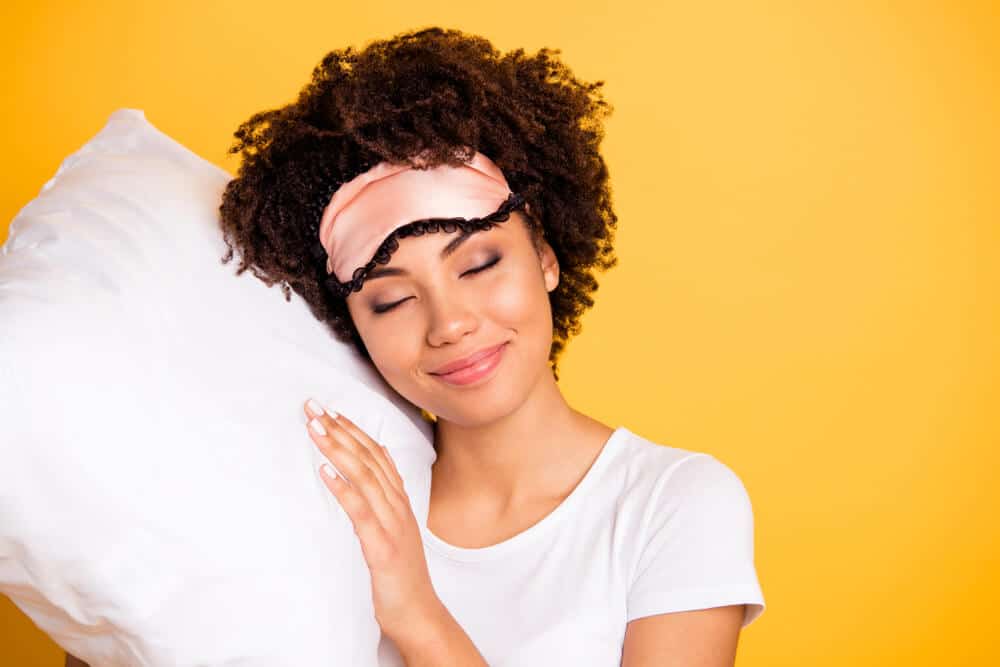- 12 Simple Sleep Hygiene Practices
- 1. Only use your bed for intimacy and sleeping
- 2. Cut off caffeine early
- 3. Exercise regularly—just not too close to bedtime
- 4. Avoid nightcaps
- 5. Put the phone away
- 6. Have a consistent sleep schedule
- 7. Create the ideal sleeping environment
- 8. Practice stress reduction techniques
- 9. Get professional help
- 10. Nap conservatively
- 11. Enjoy a balanced diet
- 12. Optimize your sleeping position
- Final Thoughts
- References
At the risk of sounding like your mom: hygiene is important. However, hygienic habits extend beyond well-known basics like flossing. Practicing good sleep habits, or sleep hygiene, is also fundamental to our overall sense of health and well-being. When we consistently don’t get enough rest, we’re at greater risk of developing some serious health conditions, like diabetes and stroke. Conversely, getting enough quality rest can lower our risks of conditions like cardiovascular disease, even if we’re genetically predisposed for them.
Unfortunately, about 1 in 3 adults in the United States aren’t getting enough quality rest on a regular basis.[1] While there may be underlying medical conditions causing for some people, many others can benefit from simply practicing better sleep hygiene.
If you feel like you’re having trouble sleeping, take our insomnia test.
12 Simple Sleep Hygiene Practices
Not sure where to start? Not a problem. Below are some of the easiest, most effective sleep-hygienic practices that sleep experts do daily.
1. Only use your bed for intimacy and sleeping

Our body loves routine. Unfortunately, that routine can work against us when we have sleep-disrupting habits. For example, many people watch TV, read, or play on their phones from the comfort of their beds. These seemingly harmless practices actually make it harder to fall asleep at night. Why? Because the body is in the habit of associating beds with activities that aren’t sleep-related. So, when we lay down to rest at night, we might not feel drowsy right away.[2]
So, limiting mattress usage to resting and intimacy can help. This way, your body will begin associating your mattress with sleep, meaning it will be more likely to wind down sooner when you rest on it.
2. Cut off caffeine early
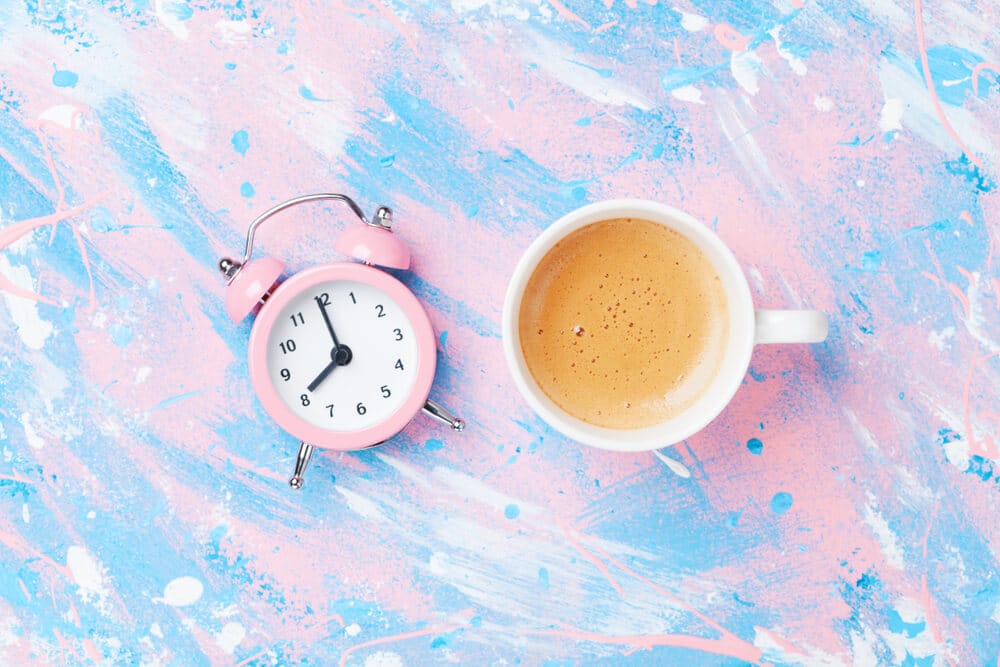
Most people know that caffeine can be incredibly disrupting to rest. What most people don’t know is that caffeine can stay in the human body long after you’ve had your favorite Starbucks drink. In fact, it can stay in the body up to 6 hours![3] That means you should cut off your caffeine intake at least 6 hours before your planned bedtime.
3. Exercise regularly—just not too close to bedtime
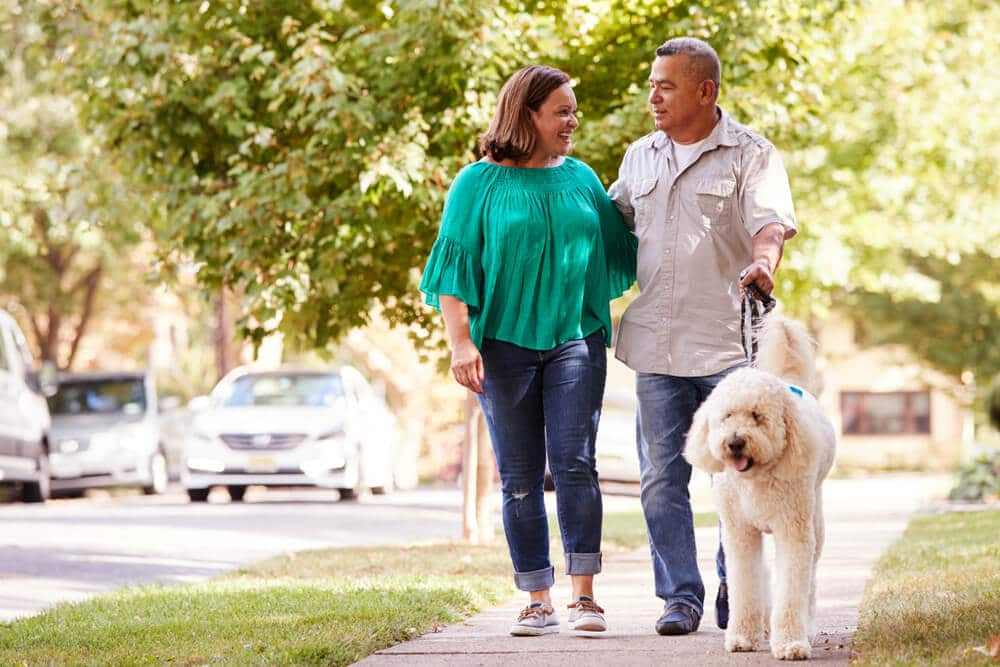
Leading an overall healthier lifestyle can aid sleep. Part of a healthy lifestyle? Exercise. Don’t worry: you don’t have to transform into a gym rat to reap the sleep-boosting effects of exercise.
Just 20-30 minutes of moderate exercise roughly 5 days a week can be enough to make a difference.[4] So whether it’s a power walk or swim, make sure to chalk in some time for exercise. Just make sure it’s not too close to your bedtime, or you could end up with even greater difficulties resting.[5,6]
If you sleep with your dog, be sure to bathe them regularly after taking them for walks. If not, you could be bringing unwanted allergens and dirt into the bed with you at night.
4. Avoid nightcaps

Many people turn to alcohol when they have problems falling asleep, but this practice can actually backfire. Although alcohol can make you drowsy—and therefore help you fall asleep faster—it can also decrease the quality of your sleep. So, you’ll wake up feeling less refreshed than you would have been if you had avoided that nightcap all together. Worse yet, research suggests that alcohol can suppress restorative rapid eye movement (REM) sleep. While this suppression might not seem like a big deal on the surface, it actually has some nasty consequences, such as memory problems.[7]
Those who want short-term help falling asleep might instead look into more natural sleep aids, such as magnesium, melatonin, and even tart cherry juice.
5. Put the phone away
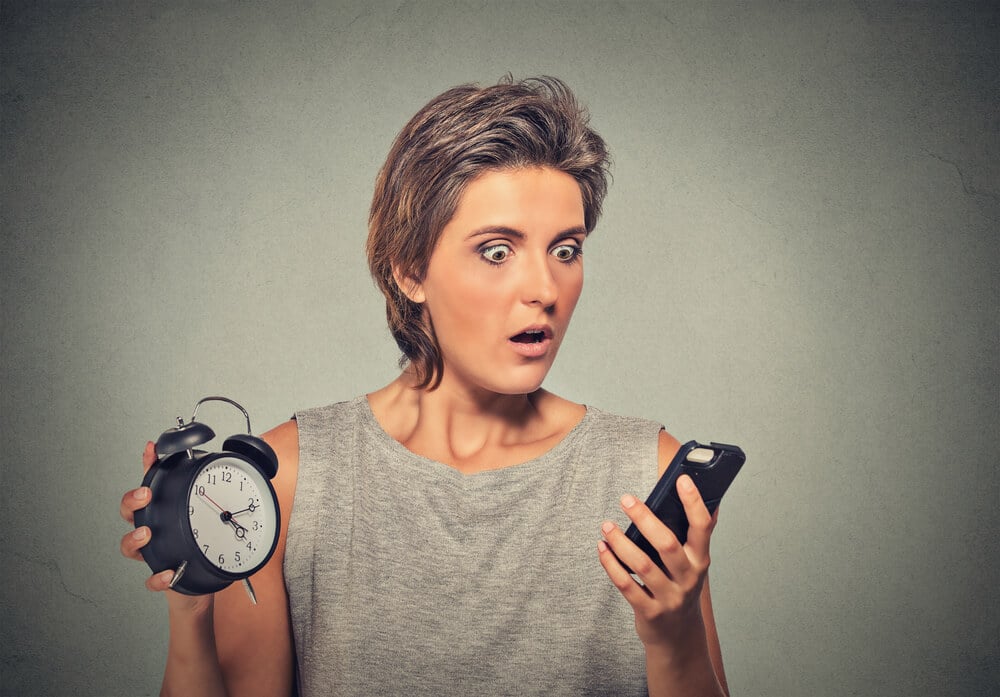
Humans are diurnal, meaning we tend to be active during the day and restful at night. So, our bodies naturally start to wind down when it gets darker, as nighttime signals it’s time for rest. Specifically, when the sun goes down, our body starts producing hormones that make us drowsier, which encourages us to fall asleep.[8]
Artificial lighting interferes with this natural inclination. Namely, exposure to human-made light late at night can interfere with our sleep. How? By tricking the brain into thinking it’s not quite nighttime, so it’s not quite time to wind down for rest. Smart phones, tablets, laptops, TV—all of these devices emit harsh rest-disrupting lights, which means it’s best to turn them off about an hour before bedtime.
6. Have a consistent sleep schedule
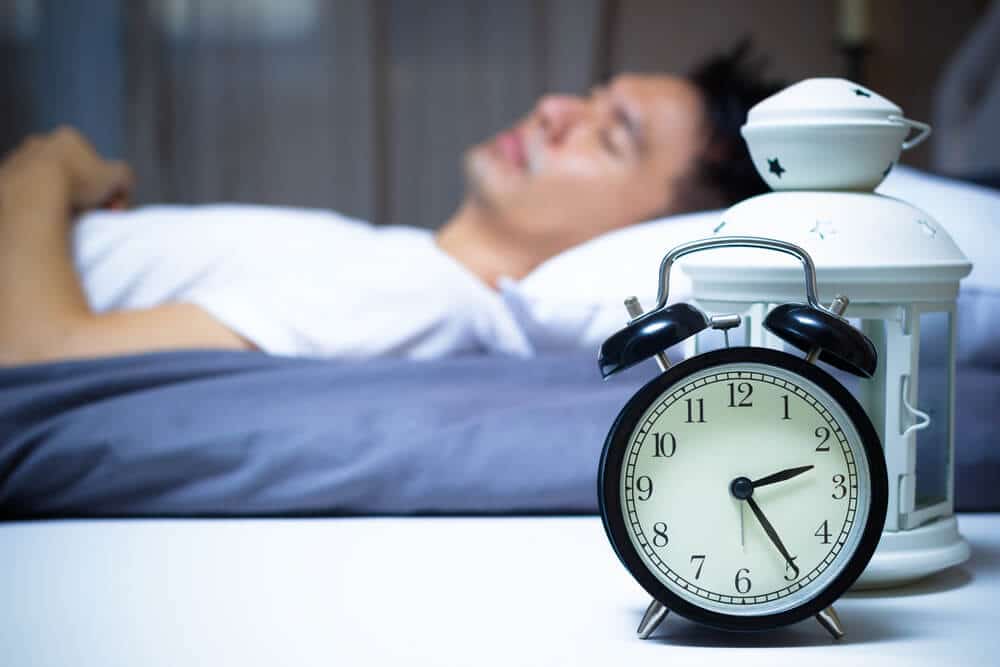
Once again: our bodies love routine. That means waking up and falling asleep at roughly the same time each day can be conducive to sleep. Specifically, having a consistent sleep schedule ensures our bodies can start to induce drowsiness—all on their own—as your bedtime approaches. Conversely, the body can start to wake itself in the morning once it’s achieved a full night of rest. Having an irregular sleeping pattern affects with the body’s consistency in regulating hormones related to the sleep-wake cycle—which translates to difficulties both with falling and staying asleep.[9]
7. Create the ideal sleeping environment
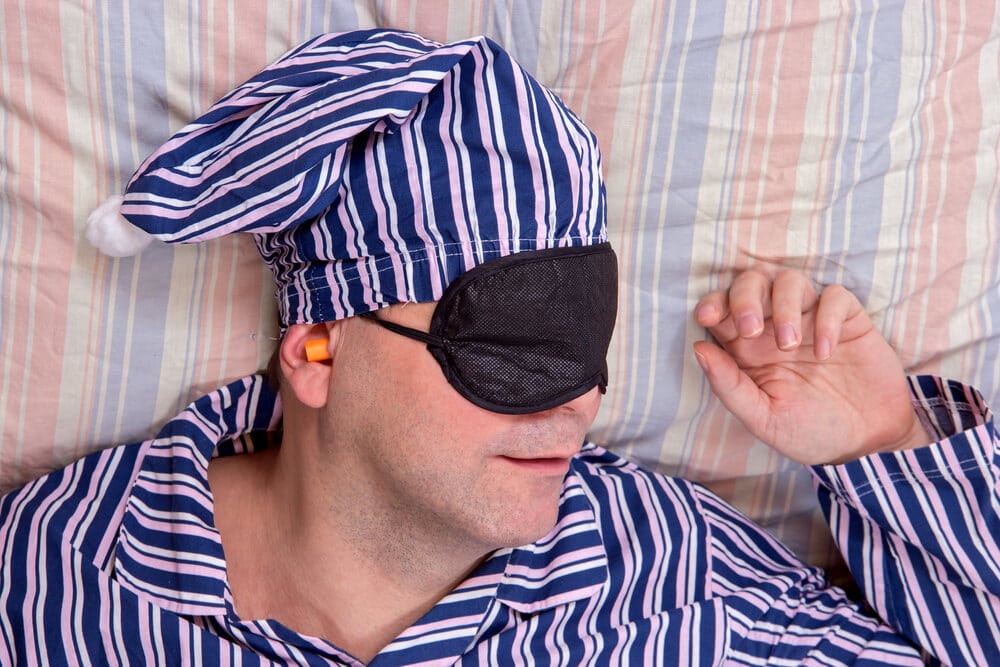
We’ll spend a third of our lives sleeping (or trying to, at least). If you’re going to spend that much time trying to catch some Z’s, it only makes sense to optimize the place you’ll be doing so. Fortunately, there are a few ways you can make your bedroom more sleep-friendly.
- Keep everything dark, so your body can start releasing sleep-promoting hormones. So, draw the curtains and maybe even grab yourself an eye mask.
- Have a nice, cool place to rest, as our body temperature drops when we slumber.[10] Therefore, a cooler sleeping environment is naturally less disruptive than a warmer one.
- If loud sounds keep you from catching some Z’s, try adding a little white, pink, or brown noise to your bedtime routine. Steady background noise can help your mind calm down, making it easier to enter slumberland.[11]
- If it’s been awhile since you’ve been mattress-shopping, upgrade your sleeping surface. Why? Because having the right bed for your specific needs can help you wake up with less aches and pains. (You can go to our guide to learn more about selecting the best mattress for you.)
8. Practice stress reduction techniques
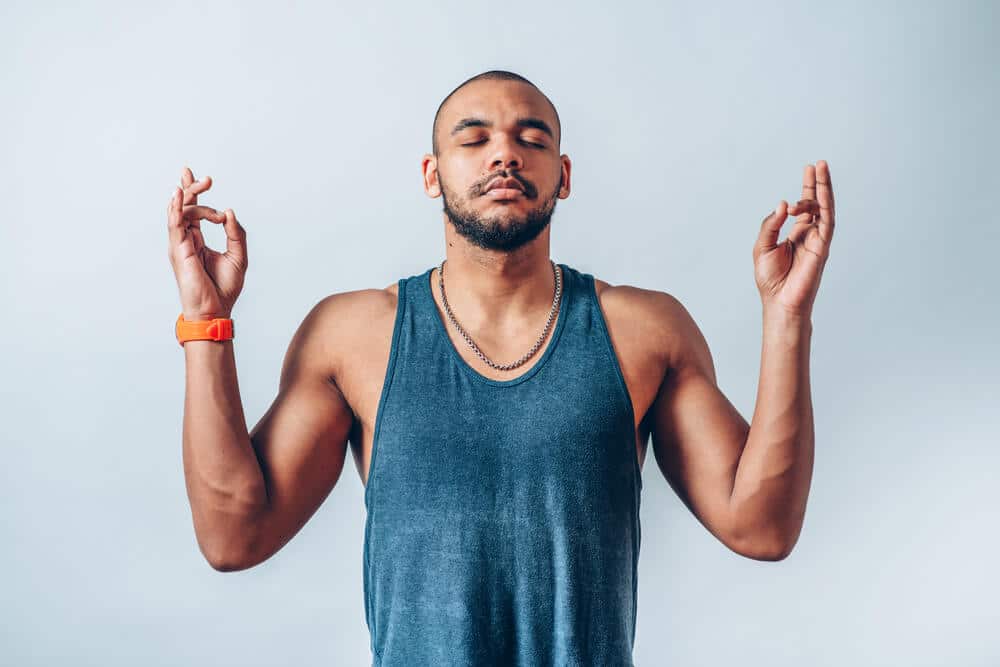
Stress and sleep don’t play well together. Specifically, stress is associated with the rise of cortisol, also known as the “stress hormone.” When cortisol levels elevate, it disrupts your body’s natural sleep-wake cycle, meaning it’s harder for you to both fall and stay asleep.[12] So, practicing calming techniques may help you keep your cortisol levels under control. This regulation, in turn, may give you that sleeping boost you’ve been craving.
To get started, you can check out our articles on relaxing breath techniques and instructions on how to meditate in bed.
9. Get professional help

Mental health and sleep are closely intertwined; if one is disrupted, odds are that the other will be soon, too. After all, depression and anxiety can both create or worsen existing sleep problems. Insomnia likewise can induce these mental illnesses in previously mentally healthy folk. All in all, mental illnesses and sleep-related problems can feed off each other, leading to exacerbation of both issues.
If you suffer from a mental illness like anxiety and depression, it’s time to schedule a doctor’s appointment. Once you’re at the office, make sure you mention not just your issues with mental illness, but also getting some shut-eye. Importantly, research shows that those who receive help for both issues are more likely to recover. Conversely, people with both insomnia and mental illness are more likely to relapse if they only receive treatment for just the mental illness.[13,14]
10. Nap conservatively
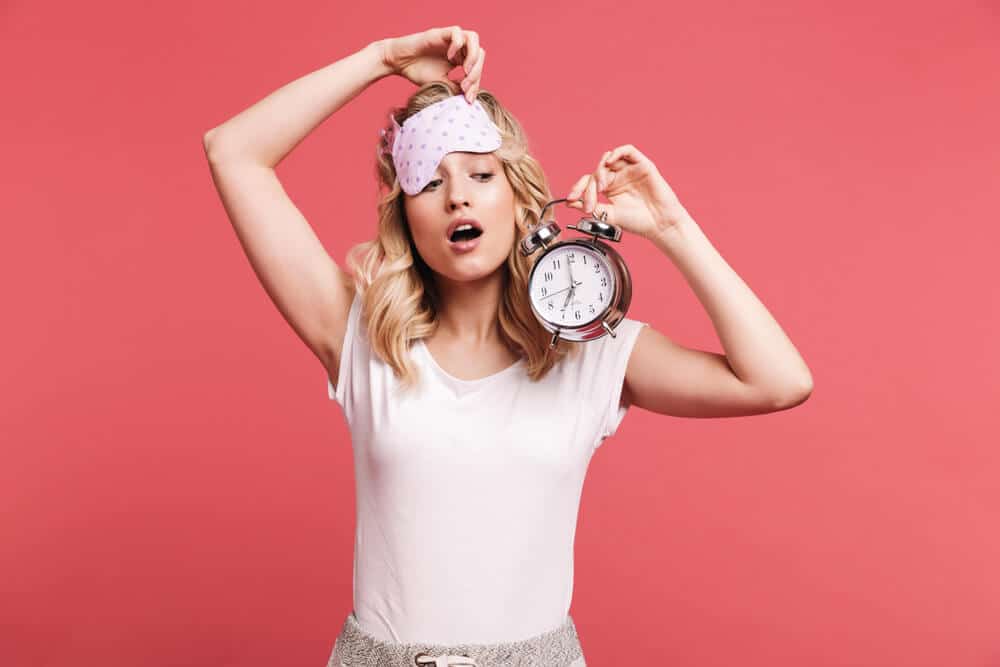
Sometimes we just don’t get the sleep we need at night and are tempted to take a nap during the day. Now, the occasional short nap won’t hurt us; in fact, it’s sometimes necessary to recharge. When napping is excessively long, though, it becomes a problem. After all, there are plenty of studies that link longer naps to issues sleeping at night.[15] Research furthermore links extended naps and daily total sleep duration exceeding 9 hours to some serious health problems, like stroke.[16] So, if you do decide to nap, make sure to keep it under 30 minutes.
11. Enjoy a balanced diet
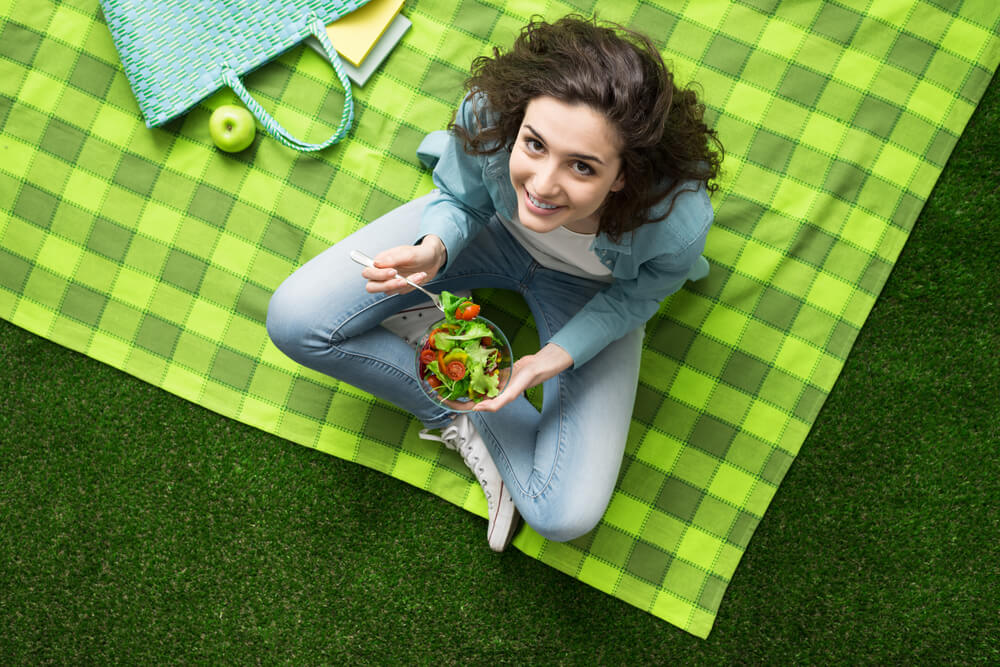
Healthier habits improve all aspects of wellness, including our ability to get some shut-eye. That means eating a balanced diet can give your sleep a boost. From enjoying whole grains to cutting back on salt, eating a healthy diet can help us feel better in more ways than one.
Importantly, it’s not just what you eat, but also how you eat that can impact your rest. A big no-no when it comes to good sleep hygiene? Eating large meals late at night. Instead, eat smaller meals earlier and enjoy some snacks in between. If you get hungry at night, try a health sleep-promoting snack bananas and low-sugar Greek yogurt.
12. Optimize your sleeping position
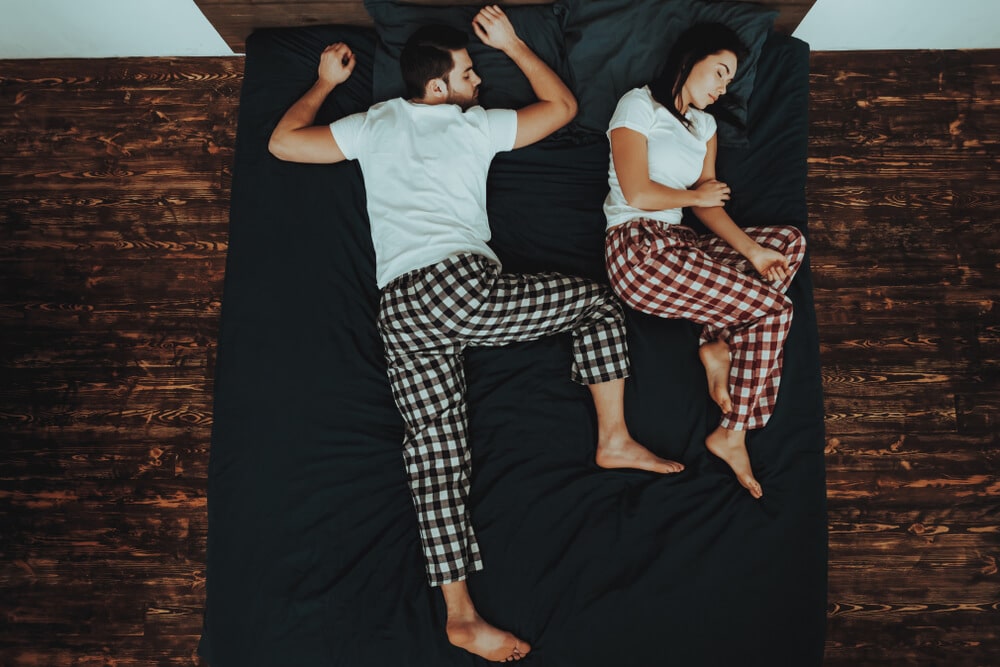
How you rest can influence how refreshed you feel when you wake up in the morning. Specifically, the key to waking up with fewer aches and pains is to ensure that your spine is aligned when you slumber. Depending on your sleeping position, you have a few tricks for keeping your neck, shoulders, and backs aligned.
- Side sleepers: Those who snuggle up on their sides typically need a bed with more “give” to it in order to properly line everything up. Those who don’t wish to invest in a new mattress or topper, though, might find that placing a rolled towel or pillow between their legs may help.
- Back sleepers: Unlike side sleepers, those who slumber on their back will need firmer sleeping surfaces to keep their spines aligned. Those who still wake up with aches and pains can try placing a pillow under the lower back and/or the knees.
- Stomach sleepers: Prone resters often prefer firmer sleeping surfaces, too. Those who still have back problems may try placing a pillow or rolled up towel under their stomachs.
- Pregnant people: Pregnant people should rest on their left sides. Adding a pillow in between the legs and/or under the stomach may offer pain relief.
- Babies: Babies should always sleep on their backs, as this position significantly reduces the risk of sudden infant death syndrome (SIDS).[17,18]
Final Thoughts
There’s no one-size-fits-all solution when it comes to getting some shut-eye. However, good sleep hygiene can certainly help increase not just the amount of time spent asleep, but also the quality of sleep. Since quality rest is important to our overall sense of health, it’s crucial to value sleep hygienic practices.
Medical Disclaimer
This article is for reference purposes only. It should not replace the advice of a licensed professional. Do not use this article to diagnose, treat, cure, or prevent any disease or condition. Any and all health concerns should be directed to a doctor or other healthcare professional.
References
[14]Ağargün, M.Y., Kara, H., & Solmaz, M. (1997). Sleep disturbances and suicidal behavior in patients with major depression. Journal of clinical psychiatry, 58(6): 249-51. DOI: 10.4088/jcp.v58n0602
[1]Centers for Disease Control and Prevention. (2016). 1 in 3 adults don’t get enough sleep [Press release]. Retrieved from https://www.cdc.gov/media/releases/2016/p0215-enough-sleep.html
[5]CDC (2019). Are you getting enough sleep? Retrieved from
[6]CDC. (2018). Physical activity facts. Retrieved from https://www.cdc.gov/healthyschools/physicalactivity/facts.htm
[4]CDC. (2015). Physical activity for a healthy weight. Retrieved from https://www.cdc.gov/healthyweight/physical_activity/index.html
[3]Drake, C., Roehrs, T., Shambroom, J., Roth, T. (2013). Caffeine effects on sleep taken 0, 3, or 6 hours before going to bed. J Clin Sleep Med, 9(11):1195-1200.
[17]Eunice Kennedy Shriver National Institute of Child Health and Human Development. (n.d.) Research on back sleeping and SIDS. Retrieved from https://safetosleep.nichd.nih.gov/research/science/backsleeping
[12]Hirotsu, C., Tufik, S., & Andersen, M. L. (2015). Interactions between sleep, stress, and metabolism: From physiological to pathological conditions. Sleep science (Sao Paulo, Brazil), 8(3), 143–152. doi:10.1016/j.slsci.2015.09.002
[18]Hunt, C.E., Lesko, S.M., Vezina, R.M., McCoy, R., Corwin, M.J., Mandell, F. … Mitchell, A.A. (2003). Infant sleep position and associated health outcomes. Archives of pediatrics and adolescent medicine, 157(5).
[7]Mann, D. (2013). Alcohol and a good night’s sleep don’t mix. WebMD. Retrieved from https://www.webmd.com/sleep-disorders/news/20130118/alcohol-sleep#1
[13]Murphy, M. J., & Peterson, M. J. (2015). Sleep Disturbances in Depression. Sleep medicine clinics, 10(1), 17–23. doi:10.1016/j.jsmc.2014.11.009
[8]National Center for Complementary and Integrative Health. (2019). Melatonin: What You Need to Know. Retrieved from https://nccih.nih.gov/health/melatonin#hed6
[9,10]National Institute of Neurological Disorders and Stroke. (2019). Brain Basics: Understanding Sleep. Retrieved from https://www.ninds.nih.gov/Disorders/Patient-Caregiver-Education/Understanding-Sleep
[2]Spielman, A.J., Caruso, L.S., & Glovinksy, P.B. (1987). A behavioral perspective on insomnia treatment. The psychiatric clinics in North America, 10(4): 541-53. PMID: 3332317
[15]Taylor, P. (2009). Nap time. Pew research center. Retrieved from https://www.pewsocialtrends.org/2009/07/29/nap-time/
[16]Zhou, L., Yu, K., Yang, L., Wang, H., Xiao, Y., Qiu, G., … Zhang, X. (2019). Sleep duration, midday napping, and sleep quality and incident stroke. Neurology, online. DOI: https://doi.org/10.1212/WNL.0000000000008739
[11]Zhou, J., Liu, D., Li, X., Ma, J., Zhang, J., & Fang, J. (2012). Pink noise: effect on complexity synchronization of brain activity and sleep consolidation. Journal of theoretical biology, 306: 68-72. https://doi.org/10.1016/j.jtbi.2012.04.006

